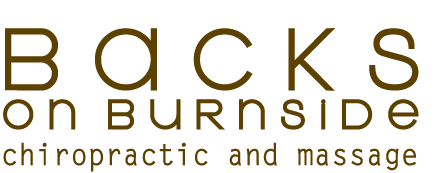Take a deep breath in through your nose and breathe out through your mouth.
When was the last time you thought about breathing? Perhaps in your last yoga or Pilates class? Maybe during physical therapy? Or maybe even…never? It’s an automatic thing after all.
Breathing is a very important activity we perform, but we barely think about it throughout the day. Just think– it is the very thing that allows us to function! Since this is something so crucial, wouldn’t you want to breathe correctly and efficiently? Before you continue reading, take a moment to be aware of how you’re breathing. Inhale. Exhale.
Did your chest rise? Did your belly inflate as you exhaled?
If you answered yes to either of the questions above, then you most likely do not breathe as efficiently as you could.
Take a Deep Breath In….
Proper breathing, also known as diaphragmatic or belly breathing, is optimal because it allows one to use the primary breathing muscle – the diaphragm. Anatomically, the diaphragm sits underneath the lungs. As the diaphragm contracts with inhalation, it pulls the lungs down to allow them to fill up with air. Consequently, this makes the belly expand to make room. As the diaphragm relaxes with exhalation, it returns to its original position while pushing air out of the lungs to help it deflate.
Proper breathing habits are very important for several reasons. First, it uses the muscles that were designed for breathing rather than using other muscles that tire easily and function less efficiently. Second, taking a full breath allows for better oxygenation of your whole body. Third, it facilitates stress relief. Fourth, it helps with core stabilization and body awareness. Fifth, and certainly not least, it can help decrease pain, especially in the low back.
Don’t Puff Up That Chest!
Improper breathing, noted by your chest leading your breath rather than your belly inflating first, does not optimize the diaphragm. Instead, it uses secondary and weaker muscles to get the job done. That means that in the long run, these secondary muscles fatigue quicker, tire more easily, and eventually cause more body pains than when breathing correctly. Improper breathing results in more work for your body overall. Although it seems more natural to breathe with your chest, it doesn’t allow you to breathe in fully, and thus does not provide optimal oxygen intake and delivery to the rest of your body.
Retrain Your Breathing Muscles
How can one breathe properly?
These are steps you can follow to help you get started on improving your breathing technique:
- Position yourself comfortably. Lying down on your back and on a flat surface is preferred. Place your left hand on your chest and your right hand on your belly.
- Inhale and exhale as you normally would. Notice your pattern. What do you do when you inhale/exhale?
- Using your hands to provide you some feedback, take a deep breath in through your nose while allowing your belly to rise. Inflate your lungs by expanding your belly first. Soon after, your chest may rise a little bit. However, the belly should take the lead.
- As you exhale, feel your belly deflate. As your belly lowers, engage your abdomen to help expel air out of your lungs.
- Inhale by leading with your belly and allowing it to expand. Exhale & squeeze your belly to blow all the air out.
- Repeat the inhale and exhale process for 10 breath cycles. Breathe normal capacity each time rather than forcing yourself to breathe in and out a large volume of air. After all, you want to train your body into breathing properly without you having to think of your every breath!
Perform this breathing exercise daily before you get out of bed and before going to sleep. You could also perform this seated and throughout the day to reap the benefits of breathing optimally.
References
- Janssens, Lotte, et al. “Inspiratory Muscle Training Affects Proprioceptive Use and Low Back Pain.” Medicine & Science in Sports & Exercise, vol. 47, no. 1, Jan. 2015, pp. 12–19., doi:10.1249/mss.0000000000000385.
- Ki, Chul, et al. “The Effects of Forced Breathing Exercise on the Lumbar Stabilization in Chronic Low Back Pain Patients.” Journal of Physical Therapy Science, vol. 28, no. 12, Dec. 2016, pp. 3380–3383., doi:10.1589/jpts.28.3380.

